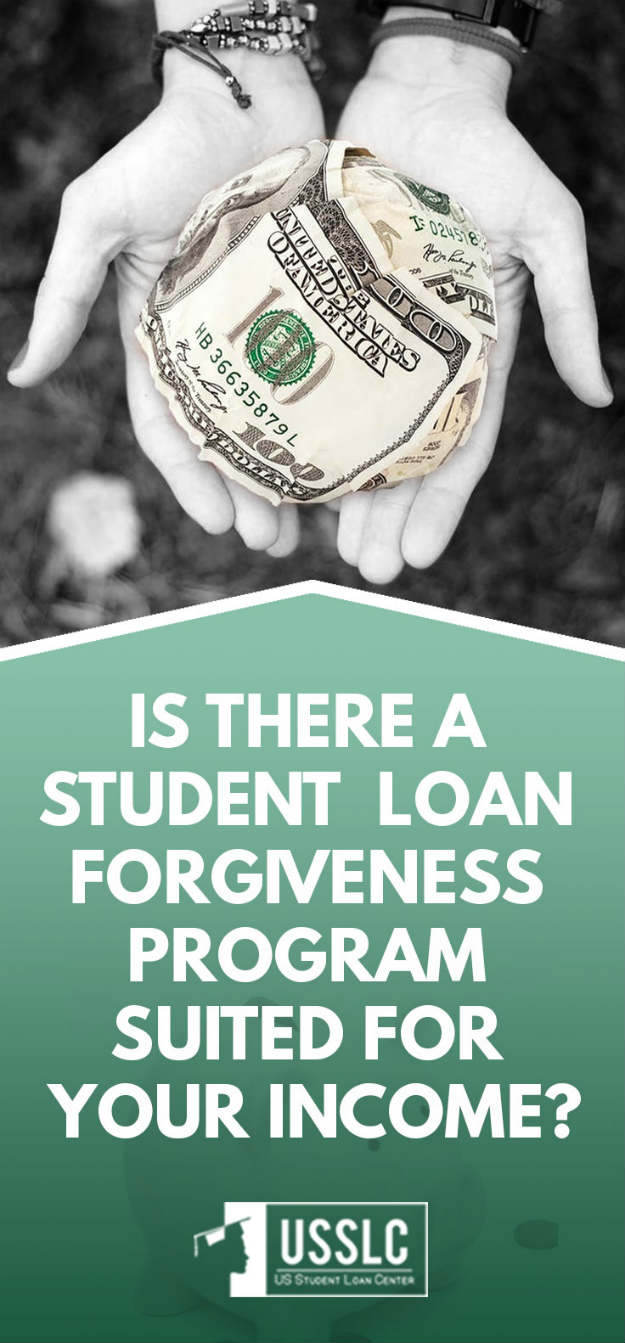When you struggle to pay a student loan, you may consider Sallie Mae student loan forgiveness. The challenge is identifying your options for loan forgiveness. With a little help, you can study the different payments options better and find the right solution for your situation.
(Bonus Tip: Want all the pros and cons of student loan forgiveness all in one easy and accessible spot? The Definitive Guide To Student Loan Forgiveness will go over each type of forgiveness program and weigh your options for you, so you don’t have to. Click here to get more info on the free guide.)
Sallie Mae Student Loan Forgiveness | All You Need to Know
In this article:
- Repayment Options While in School
- Payments After College
- Forbearance on Your Loans
- Student Loan Forgiveness
Repayment Options While in School
Sallie Mae student loans allow you to defer your payments until graduation. This means you don’t have to pay for anything while you’re studying.
After you graduate, you have a grace period to start making payments. The grace period depends on your loan. In most cases, you have a grace period of three to six months before you must make your first payment.
You also have repayment options while you attend school. If you don’t want to wait to start making payments, you can begin with a plan designed for students. You have the option to start making a fixed payment each month. You can also pay the interest on your loan and keep the principle while you work on your education.
Payments After College
After you finish college, you can set up a payment plan. The payment plan is a monthly amount you pay for your loan. Your requirements for the loan will depend on the amount and any payments you made during college. It also depends on the duration of the loan.
If you struggle to make payments, then you may have options to refinance the loan. Refinancing means you take a loan for a longer time or for a lower interest rate. The new loan allows you to pay off the original amount and start a new payment plan.
Forbearance on Your Loans

In an ideal situation, you make a monthly payment on your student loans. The payments allow you to gradually work off the loan until you’re debt free.
When you can’t get a job on time or you don’t make enough, you may have forbearance options. Forbearance means you put your debt on hold until you have a better financial situation.
Forbearance adds to your loan amount by charging interest. You’ll still have accrued interest on the loan, but you’re not required to make a monthly payment. When your financial situation improves, you can start making payments on the loan.
Student Loan Forgiveness

Sallie Mae student loan forgiveness differs from other payment options. It means you won’t need to make another payment on your student loans. Even though it sounds good, it doesn’t apply to every individual.
If you have a disability, then you may qualify for student loan forgiveness. To qualify for the disability forgiveness, you must fill out a discharge application. You then provide proof of a permanent physical or mental disability.
Veterans of the military must get a statement from the Veterans Administration. The statement explains the soldier has service-related injuries that impact his or her work.
Disabilities not related to military service need a notice from the Social Security Administration. The notice confirms a doctor gave proof that you’re unable to work. In some cases, you may need to provide more proof of your injuries or disabilities.
Public servants may qualify for Sallie Mae student loan forgiveness, too. To qualify as a public servant, you must work full-time in public service. You also need to have a steady payment history on your student loans. Public servants must pay 120 consecutive on-time payments into the loan. They must also make full payments on the loan.
The final category of individuals who qualify for student loan forgiveness is educators. A teacher may receive $17,500 of student loan forgiveness.
Teachers must serve in underprivileged areas for 5 years or longer to qualify. An underprivileged school must receive Title 1 funds. Furthermore, at least 30 percent of the enrollees in the school must qualify for Title 1 service. The school must also qualify for federal cancellation benefits.
The last requirement for a teacher is they must be current on their existing loans. If you missed a payment, then you won’t qualify for the loan forgiveness.
Keep in mind that teachers only qualify for $17,500 of student loan forgiveness. If you owe more, then you must pay the remaining amount.
(Pro Tip: Need an easy and fast way to find out if you qualify for student loan forgiveness? Download this free guide to find the best way you can take advantage of student loan forgiveness programs. Learn more here.)
Get more tips about private student loans without a cosigner from financial guru Suze Orman via the Oprah Winfrey Network:
When you face financial difficulties, it is hard to pay off your student loans. By understanding the options to help with your needs, you avoid more complicated problems.
Sallie Mae loans offer different options to assist in times of trouble. The key is recognizing when you qualify for loan forgiveness. when you need to consider a new payment plan, or need a forbearance on your loan.
Did you find this post helpful? What do you think about Sallie Mae Student Loan Forgiveness? Kindly insert your tips/comments below.

